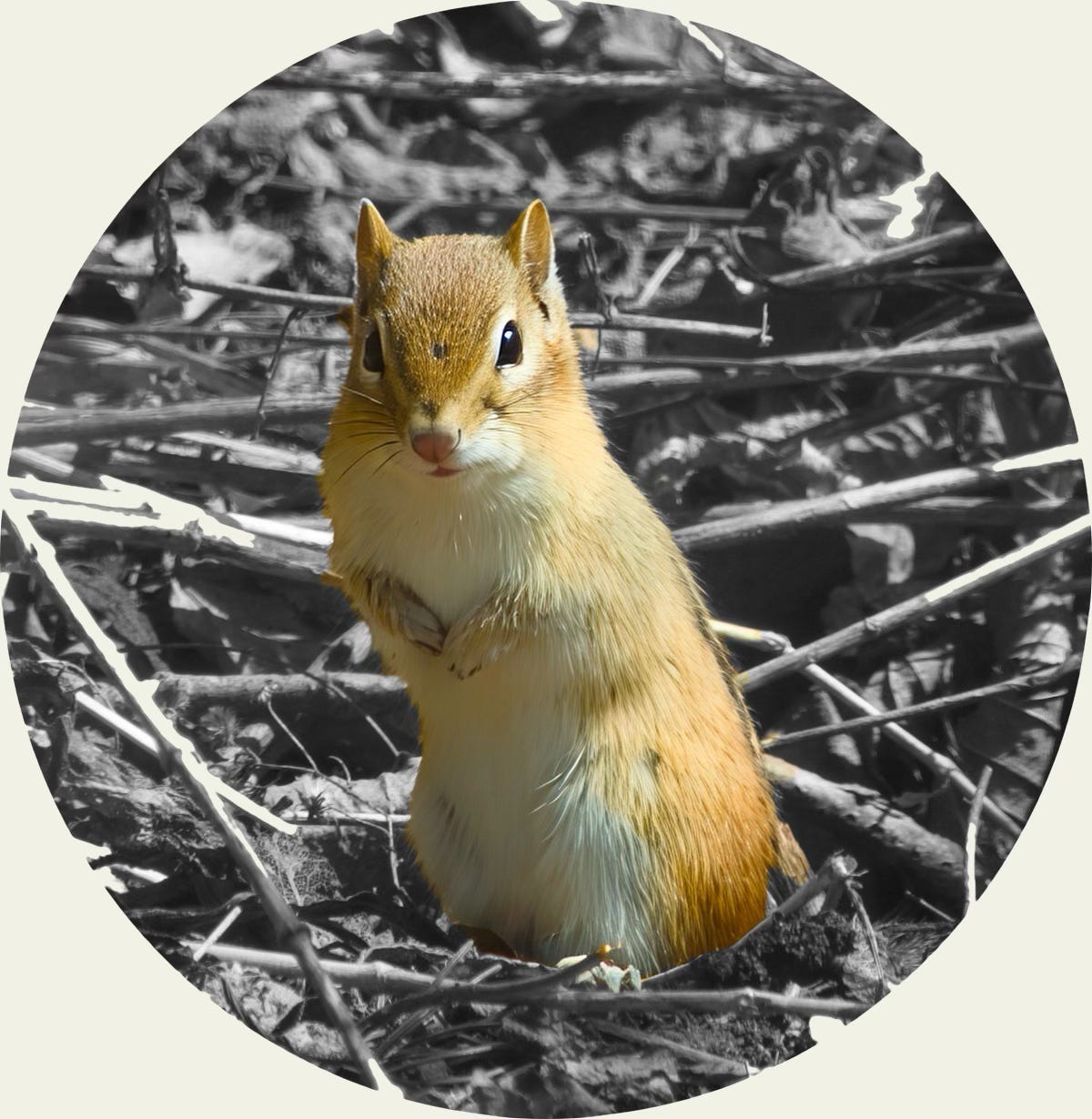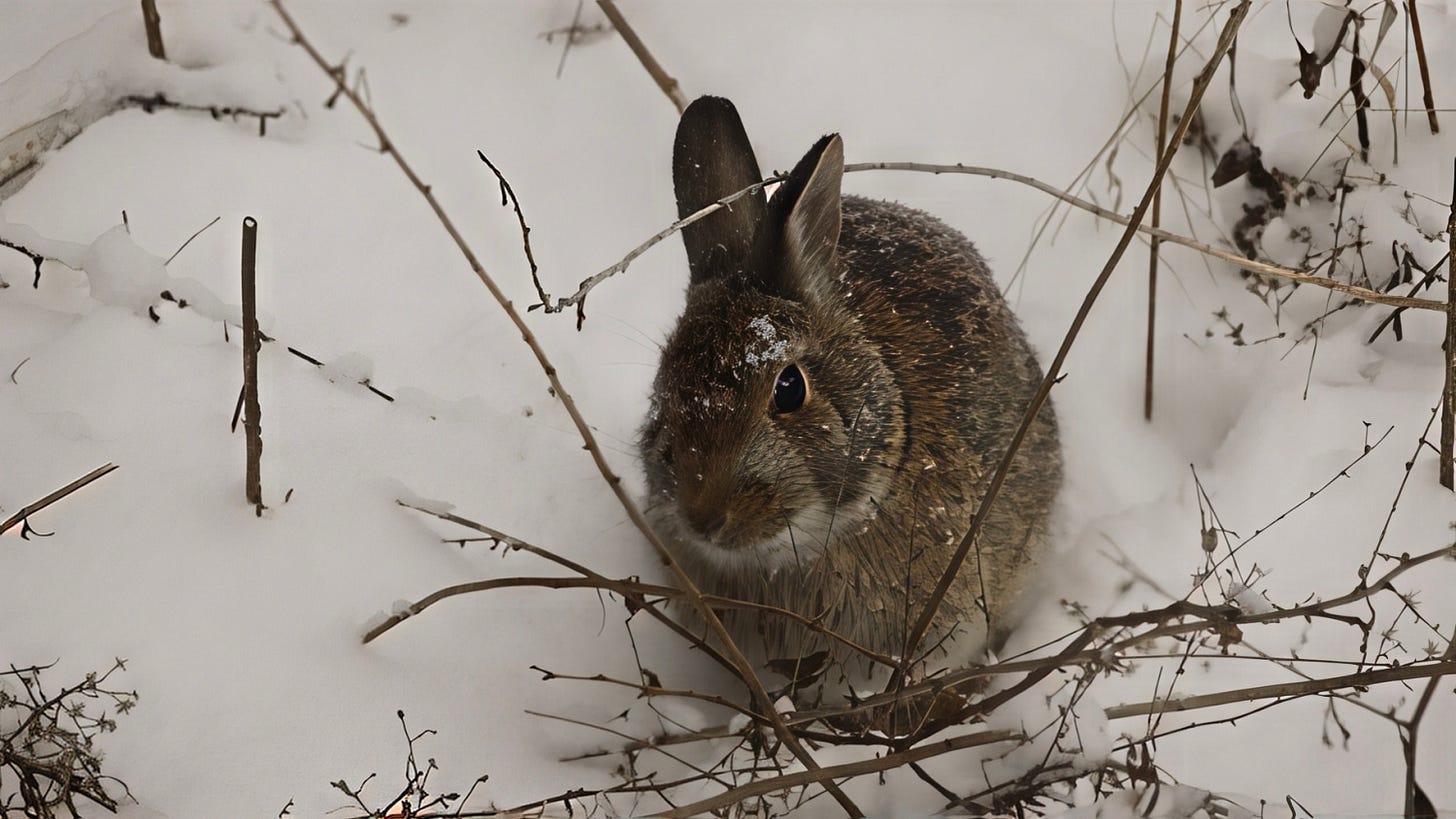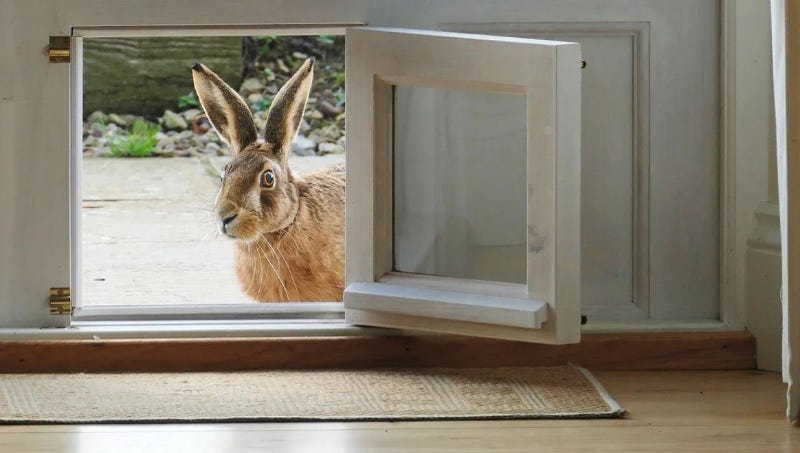New readers start here …
I started this newsletter almost two years ago because I noticed that many people, maybe even most, are interested in nature and love spending time outdoors, watching birds, butterflies, and wildflowers. But they often feel lost and unsure of what to do. My purpose is to help others discover the incredible variety of species that can be found in our gardens and even on our streets.
Urban nature is surprisingly rich and diverse. Many who live in or near cities and towns think/assume that there’s not much interesting nature to be found nearby. They take nature to be something that happens in other places, far away, that you have to travel to experience. But we all have gardens or parks, and even if they’re not as full of (rare) wildlife as we’d like, they still have a lot of natural history to discover. In most parts of our towns and cities, there’s a great deal of interesting nature to be found, if we just look for it.
In my newsletters, I try to give you examples of what might live near you if we just open our eyes to see it. We rarely have to travel too far from home to encounter birds, insects, flowers, and trees that are interesting and sometimes even important. Even the common stuff - sparrows and ants and dandelions and squirrels - is worth getting to know and learn about.
Encouraging people to get to know the countryside and urban habitats where they live (their ‘patches’) is the best way to engender and foster a relationship between them and wildlife. It will create an appreciation for nature that leads to conservation and the changes in the world that follow that understanding. Mark Cocker wrote in his book (Claxton. Jonathan Cape, London, 2014) as follows:
"To do things routinely, to take the same walk time after time, is not to see the same view over and over. It is to notice the incremental rate of natural change and to appreciate that nothing is ever repeated. I am often struck by the way, when one has had some deeply memorable encounter with an otter, say, or perhaps a sighting of a rare bird or butterfly, that the next day you see almost nothing at all. They are never in the same spot. Nature has a way of balancing its books but it also has a way of avoiding duplicates. Every time is unique. There is much to be gained by concentrating our wildlifing activities primarily in the areas where we live."
I hope to offer a starting point for anyone who looks at a bird or a flower or a bee and wonders what it’s name is. Those who can already do that perhaps have the knowledge and skills to refer to more advanced texts and sources, while others may be encouraged to learn more just by discovering that there is more to be learned – and that they do not have to stray far from home to find it. Birders can use plentiful field guides and phone apps to find those names. Lovers of flowers and trees can do likewise. Interested in mosses? That’s a bit harder as they are a niche subject, but the information is there if you are diligent. As for insects – after butterflies and moths, it does tend to get a bit more abstruse, but I encourage you to press forward.
All that is required to surprise anyone is to help them look. If we assume that anything wild is a “weed” or “just a sparrow” and that insects are no more than either bees or bugs, some of which sting, then we miss so much.
Most say they like nature and want to preserve it – start close to home by caring for your wildlife neighbours and getting to know them.
Things had started to brighten up as we entered April. I spent a morning earlier in the week, under pleasant sunshine, starting a redesign of my stumpery and was raring to get to work.
And then it was Tuesday, during which it snowed, for hours and the temperature never rose above zero. Bit of a change, rather unexpected. So … no new flowers to talk about here and no new birds either. What, I thought, am I going to write about … I try to fond something different whilst out walking, but there are only so many pictures of Robins and Grackles that readers will be content to look at - again and again.
Then there was some wheeling in the air above the river. Vultures, of course. Newly back from the south to start duties around town as the clean-up crew. Vultures are surprisingly interesting birds. Let’s think about Vultures.
Turkey Vultures
For no real reason, Turkey Vultures have a bad reputation - all the more as they are increasingly visible in suburban environments. They favour open areas, such as suburbs, where they can often be seen soaring overhead in search of carrion, much of which they locate by means of a remarkable sense of smell rather than by sight. After all, with roadkill being a feature of the places people live there is bound to be a good supply of meals. Because of their food preferences they do play a vital ecological role by cleaning up dead animals, and thereby preventing the spread of diseases. Indeed, they have been called ‘nature’s clean-up squad’. These pictures are of a small group of the birds who settled into a tree in the corner of our garden for a while.
I confess that they are not the prettiest of birds, and if you ever chance upon a nest the smell will leave you in no doubt which species the nest belongs to. For all that, I do like watching them soaring overhead.
Now, while waiting for migration and spring flowers to take off, as they will quite soon, here is something completely different
“Documented Mexican Immigrants”
Elegant Trogon - April 2006
Nineteen years ago this month we spent a week staying at a research centre in the Chiracahua (Sky Island) Mountains of southern Arizona. One of the target birds for that trip was to see an Elegant Trogon … though everyone told us not to get our hopes up too much. Mostly, they live south of the border in Mexico … but you never know. So there we were, one morning in the canteen having breakfast when a chap came in and excitedly told us he had seen a Trogon, or at least heard one. Food was forgotten as everyone grabbed their binoculars and rushed out. Blow me down, there it was. The bird quietly sat on a broken branch beside a trail and posed for us. It had, we surmised, wandered north over the border which was only a mile or so away and come up a wooded gully. One of the most beautiful birds I have ever seen, and a big one too … I know this isn’t something anyone will see whilst out walking in northern suburbia, but I am sure that you will nevertheless enjoy this two decade old picture:
Elegant Trogons appear in Arizona during their breeding season from April to November so ours was probably a recent arrival. While most migrate south to Mexico for winter, an increasing number now remain in Arizona year-round. Their distinctive barking call is easiest to hear during early mornings which was how this this bird was first located. They are restricted to canyon forests dominated by sycamores, oaks, and pines which provide the dense vegetation and shade they favor.
Yellow-eyed Junco
Here in Quebec we have Dark-eyed/Slatey-backed Juncos (Junco hyemalis) with which you will be familiar. There are several strikingly different subspecies found across the continent. So different in fact, that it’s hard to think they are all the one species. This fellow, also seen by us in southern Arizona, is actually a different Junco species, the Yellow-eyed Junco (Junco phaeonotus) which lives in Mexico and Central America. Like the Trogon, this specimen had also crossed the border heading north.
Next week, I hope to have news of more locally observed species … maybe even an early flower, too? Fingers crossed. Until then, this was an April day west of Montreal.
This final picture accompanied an article in The Economist (thanks Brian C for sharing it with me) and illustrates well the general theme of this edition of the newsletter. This Hare is a European one, by the way.












Thank you so much for your view of the world. I do hope that rabbit pops in for a visit one day!
Agreed on Turkey Vultures. I really enjoy watching them soar and glide in lazy circles overhead. They have begun arriving back here in Ottawa. Glad they're back.